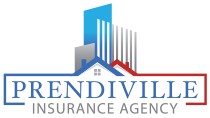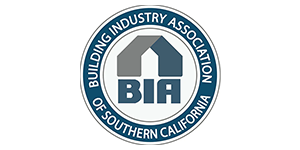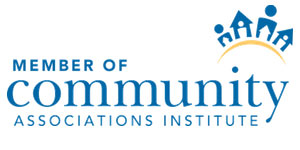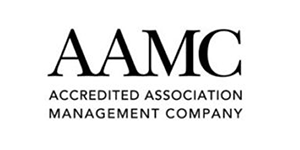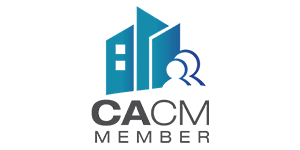In 1994, the damages from the Northridge Earthquake set off a major property insurance crisis that threatened the Insurance and Real Estate market while simultaneously decimating the pocketbooks of many California consumers. Today, we face an even bigger crisis, triggered by wildfires and other weather-related claims. How we got here, the dynamics at play, and what the future might hold can help us deal with this crisis.
Historic Wildfire Insurance Claims Activity
Since 2017, the volume of property insurance claims in California from just wildfires alone is in the billions of dollars. Some notable wildfire insurance claims include the Camp Fire which burned 18,000 structures (at that time, the most expensive natural disaster in the world in terms of insurance losses), the Tubbs fire responsible for over 5,500 structures (the most destructive wildfire in California history), and the North Complex fire which destroyed over 2,300 structures. Of course, this does not count the loss of life, acres upon acres of vegetation, vehicles, miscellaneous property and more. Even with these major losses, the insurance industry has fared fairly well when considering how few companies have gone out of business. However, this leads to the big question: How much can the insurance industry take?
Reinsurance Pressure
The backbone of the insurance industry is the reinsurance market, yet until recently, most consumers had never heard of it. There are many facets to reinsurance, but the simplest explanation is that everyday insurance companies purchase insurance from reinsurance companies in case of large losses. So, when a large building, or a large geographical area suffers a large loss, the insurance company offering coverage has the financial backing of another insurance company, the reinsurer. This is all done in the background but reflected in the consumer’s premium charge. Unfortunately, reinsurance has taken a series of major hits, which has forced a reduction in appetite for risk, along with major price increases. Of course, the consumer pays the ultimate price.
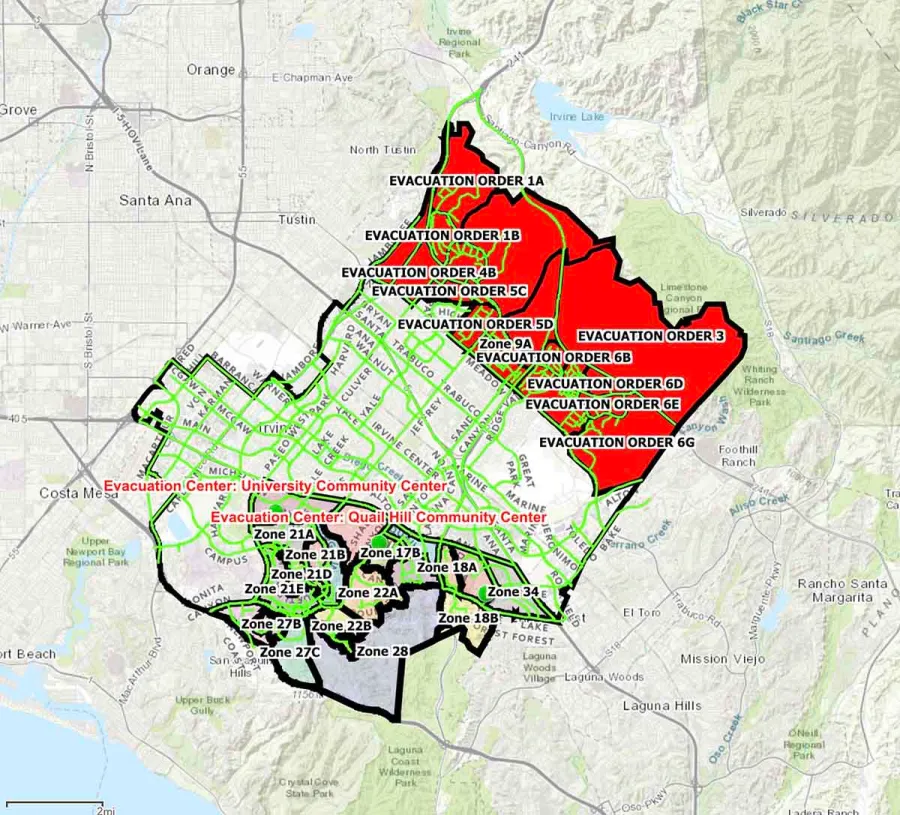 Fire Maps
Fire Maps
Insurance companies have always used some sort of fire mapping, but the reliance upon them in recent years has grown exponentially and they are used to determine account eligibility. The maps consider factors such as proximity to brush, degree of slopes, and wind patterns. Usually, there is enough variety in the maps where a particular property could look better or worse, depending on the map. However, if the property is in such a high wildfire area, finding a friendly map is not possible.
Catastrophic Results
Recently throughout California, many homeowners’ associations have been non-renewed by their insurance companies and unable to find adequate coverage at a fair price. It is not at all uncommon to experience a 70 percent drop in coverage limits, while experiencing a 10-fold increase in premium. Why? Because if the insurance industry is fearful of a wildfire at a particular location, then the reinsurance underwriters aren’t willing to offer coverage, creating a major reduction in the number of interested insurance companies. Not unlike earthquakes, wildfires are a hazard that the traditional insurance marketplace is unable to adequately price.
Not unlike earthquakes, wildfires are a hazard that the traditional insurance marketplace is unable to adequately price.
Steps To Consider
If your homeowners association is experiencing difficulties, here are some steps to consider:
- Require your Broker to check all available fire maps. Fortunately, fire maps can have major differences, so while a map from Insurance Company ‘A’ is unfavorable, a map from Insurance Company ‘B’ may be more accommodating. It only takes one favorable fire map for the association to avoid untold costs and stress.
- If your HOA is not favorable on any map, then obtaining insurance from a standard insurance company is not an option and the Board of Directors should consider the following:
- Pick one insurance broker as your leading source for insurance options. Your broker should be able to go to all of the available insurance companies within the insurance market, leaving no stone unturned.
- Pick a second broker just to provide a second opinion of your first broker’s output and identify any possible markets that your first broker may have missed. It’s important for all parties to be transparent as having more than one broker approach the same insurance companies can backfire in the effort of obtaining the best rates. Ideally, the second broker should not be able to identify any missing options because the first broker shopped the market effectively.
- Engage your association’s legal counsel to discuss a variety of issues including immediate and future funding requirements and limitations, changes to the governing documents that reduce the insurance obligations of the association and legal requirements of the Board.
- As soon as it’s apparent that the rates are going to be much higher than anyone reasonably expected, get the word out to the community and let them know what is happening. A mailer briefly explaining the situation with an invitation to a town hall meeting is appropriate.
- Rely on your insurance broker and attorney to conduct the town hall meeting. The insurance broker should be prepared to explain the insurance market difficulties, recap the efforts to find a reasonably priced policy and provide advice on how to handle the individual insurance for each owner. The attorney is critical in explaining the requirements of the governing documents as well as legal requirements effecting timing and procedures.
- Serious thought should be given to the possibility and wisdom of assigning the HOA’s insurance requirements over to the homeowners. For instance, the HOA would no longer insure the structures. The individual homeowners would each insure their own portion of their structures in the personal lines insurance marketplace. There are many considerations when pursuing this idea such as eligibility, insurability, and legal complexities, just to name a few. However, we have helped multiple associations take this route and the idea should be discussed.
Frequently Mentioned Items

People often ask about two would be solutions: California Fair Plan and California’s new Safer from Wildfires Act. While both programs attempt to provide some solutions, as of this writing, neither is very effective. Currently, the California Fair Plan has a low cap on the total available building limit which makes many associations ineligible. However, in the 4th quarter of 2023, the limit may increase. If so, then the Fair Plan will become more impactful, so we continue to monitor their moves. As for the Safer from Wildfires Act, the anticipated discounts and increased eligibility enhancements never materialized.
The latest entry in the marketplace are policies that specifically cover wildfires, commonly known as Parametric policies. We have analyzed the available policies and we think they are worthy of consideration. However, these are not traditional policies, so they require the appropriate level of discussion for a complete understanding.
In our opinion, the ultimate solution may be modeled in other uninsurable hazards, such as earthquake and flood. Allowing insurance companies to insure in these areas while transferring the risk of wildfires on to some broader insurance fund would see an immediate correction in the insurance marketplace. The Federal Government established the National Flood Insurance Program and the State of California created the California Earthquake Authority. Perhaps it’s time for the Wildfire Defense Fund.
Photography Sources: Getty Images, iStock
(VIDEO) CALIFORNIA HOMEOWNERS PAY HIGHER PREMIUMS DUE TO WILDFIRE RISK
About
Prendiville Insurance Agency was started in 1988.
Over the years, we have been front and center on a variety of claims-from fire, auto and health to assisting on major lawsuits. This experience has given us the skills to deal with an entire range of obstacles our clients may face.
While our primary goal is to save our clients money, and we often do, we are acutely aware of the importance of coverage. The most critical moment in the relationship between the client and the insurance agent is when there is a claim.
In our thousands of claims over the last 30+ years, we have never heard a client ask what the premium is when filing a claim. Coverage is key! Let us help you get Prendiville Prepared. We have offices in Dana Point, Rancho Mirage, and San Diego to serve you.
About Crummack Huseby
Crummack Huseby is an award-winning property management and consulting firm serving homeowners associations and builder communities across Southern California. Since 1999, we’ve partnered with HOA boards, developers, and homeowners to provide personalized management, strategic guidance, and exceptional service. Our team believes in building strong relationships, transparent communication, and custom solutions that help communities thrive.
To learn more about how we can support your HOA or builder project, click here.


